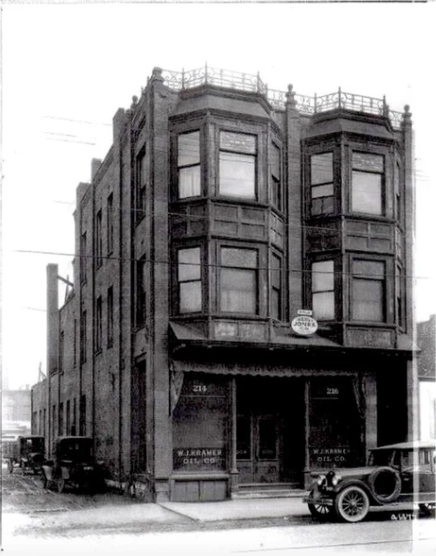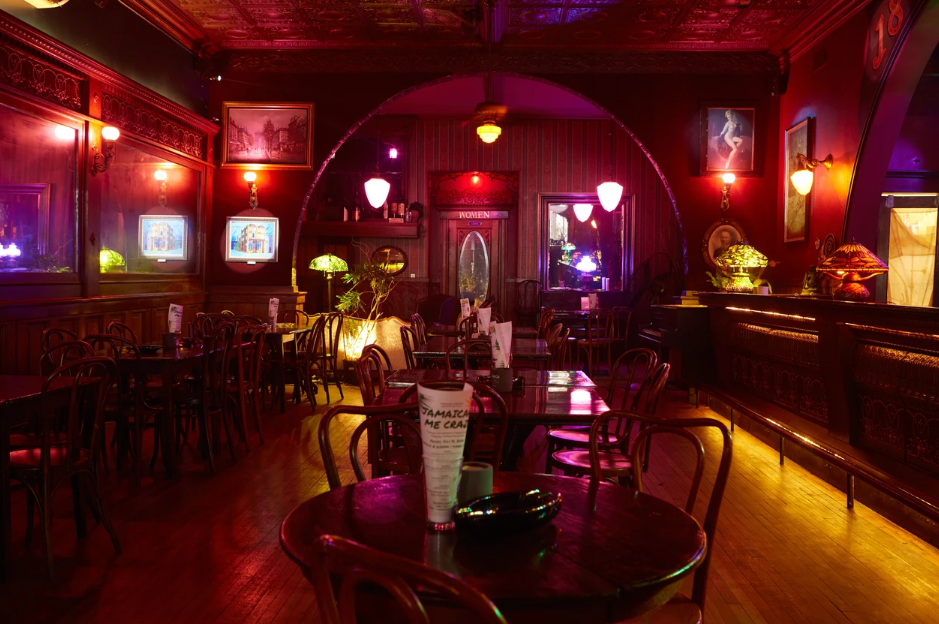Growing up, my grandmother and grandfather painted vibrant portraits of the “old country” before they emigrated to the United States. We watched documentaries with them that showcased the extensive history of Germany and poured hours over old pictures. We received cards from the family that remained in Germany. I always felt a tug of longing for the homeland of my grandparents and great-grandparents and a sense of belonging to this family across the sea.
However, I had my mementos and tastes of the ‘homeland.’ My grandparents spoke German to one another and passed down their proud cultural heritage to their children and grandchildren. Events like Germanfest and Oktoberfest weren’t excuses to drink or party but the opportunity to lecture us on our heritage.
My sister has lived through that longing and displacement for the past decade.
When my sister Josie was seventeen, we adopted her and her youngest brother from an orphanage in the Philippines. Josie’s father had just died, and her mother could no longer support all nine of her children. Some of my sister’s siblings went to uncles and aunts, but Josie and her youngest brother were placed in an orphanage. While our brother has hazy memories of the country he left behind, there is always a part of my sister that calls the Philippines home.
While I am grateful every day we adopted them, I have always felt a knowledge gap.
Josie has been a pivotal part of my life and my family tree but I barely know anything about where she is from. Sure, I have attended seminars, watched documentaries, and eaten food she has prepared, but I have always held the Philippines at arm’s distance. The Philippines is a place that I know about, but I have no real attachment or understanding of what the culture is. I only get snapshots from my sister’s bittersweet past without fully experiencing it.
I would love to travel to the Philippines with my sister. I would love the culture shock of a lifetime.
I know we would brave the insane roadways by Jeepney to Bulacan. Her biological family and much of her extended family still live in the region. I would love to embrace my sister’s mother, all her brothers and sisters, and get to know the family that gave me my sister. Even though it was the hardest decision of their lives to give her up, they knew that it was best for her. I can’t wait for them to see the resilience that shines through Josie.
We’ve talked about the eventuality of not seeing her family. Even if we can’t find her family, we can still visit the graves of her father and grandparents. She can show me the house she grew up in and the school she walked to daily with her siblings. If she feels up to it, she may even show me the orphanage where she lived alone with her brother.
I know there are places she’s never been before simply because her family could not afford it or it was simply too far away.
The Philippines is known for its voluptuous hills, numerous volcanoes, sandy beaches, underground rivers, and rich biodiversity. The whole country is a panorama of natural beauty. Although we’ve talked about visiting some of the more touristy destinations, Josie would have full reign over our travel plans. You can see the excitement in her eyes as she recalls stories from the past or memories of places she once dreamed of seeing. When I look at the places she considers visiting, I know that I can hardly go wrong with her as a travel guide.
For the first time in a decade, my sister can eat real Filipino food and not the mock meals that I, family, or friends have attempted to make through the years. There are dishes I know my sister is dying to eat again. If she is reunited with her family, she’ll finally have a real meal with her family again.
Even though the Philippines is not my cultural homeland, it is for my sister. If I can’t fully appreciate and understand the country that she called home for the first 17 years of her life, then I don’t truly know my family history. That is the beauty of it all, is that this is not someplace that my sister holds for herself. Her homeland is vibrant, alive, and ready to be shared.
Author Michael Crichton once wrote, “If you don’t know history, you don’t know anything. You are a leaf that doesn’t know it is part of a tree.”









